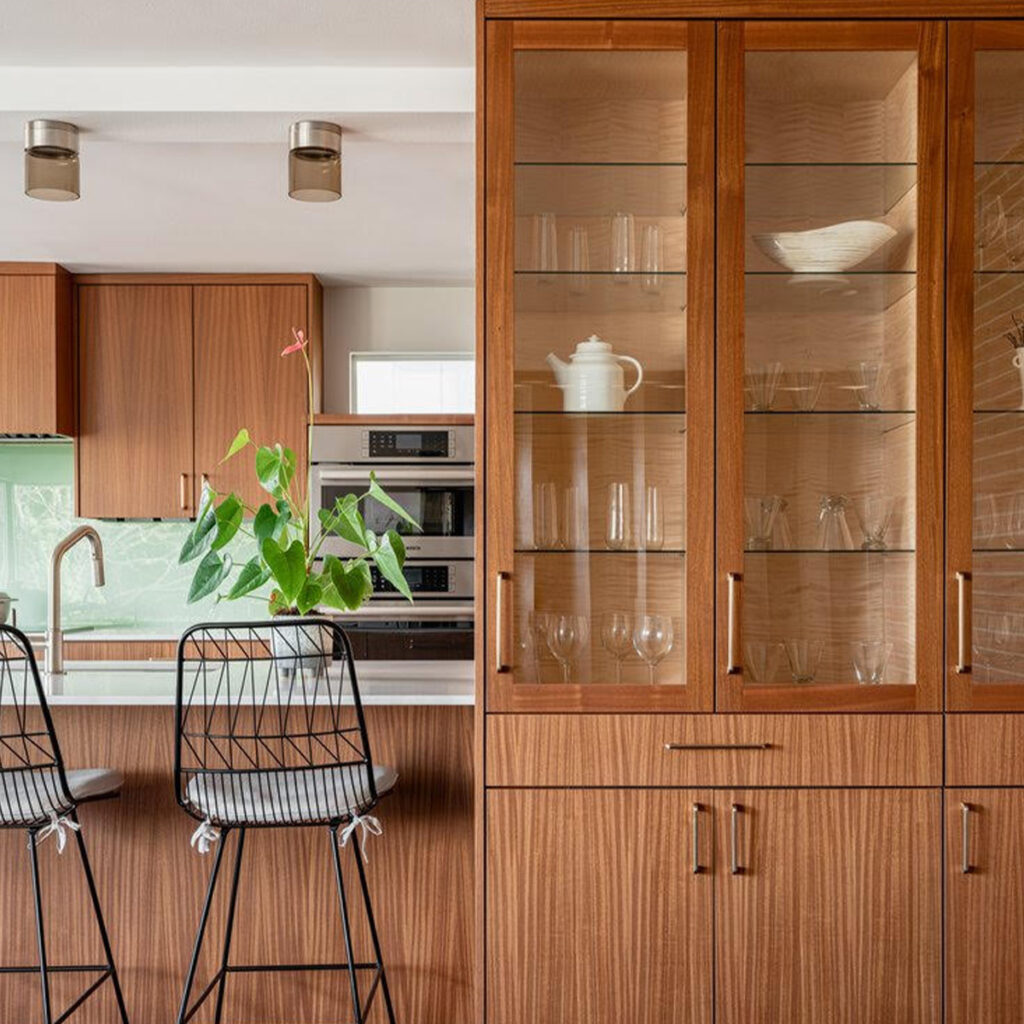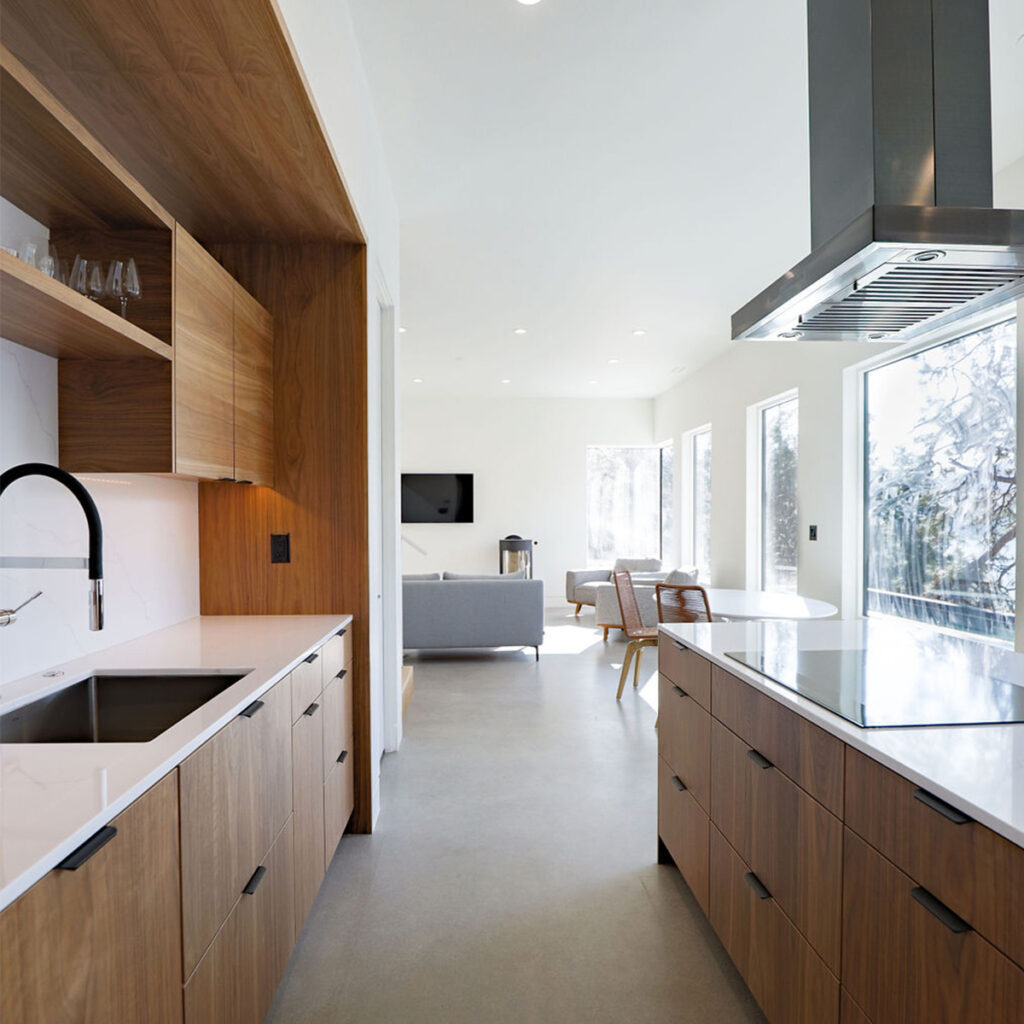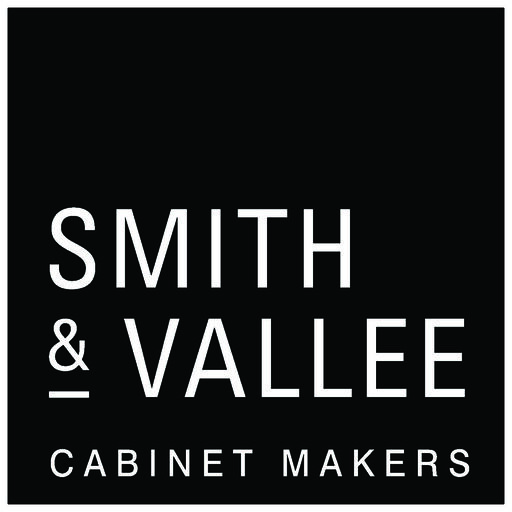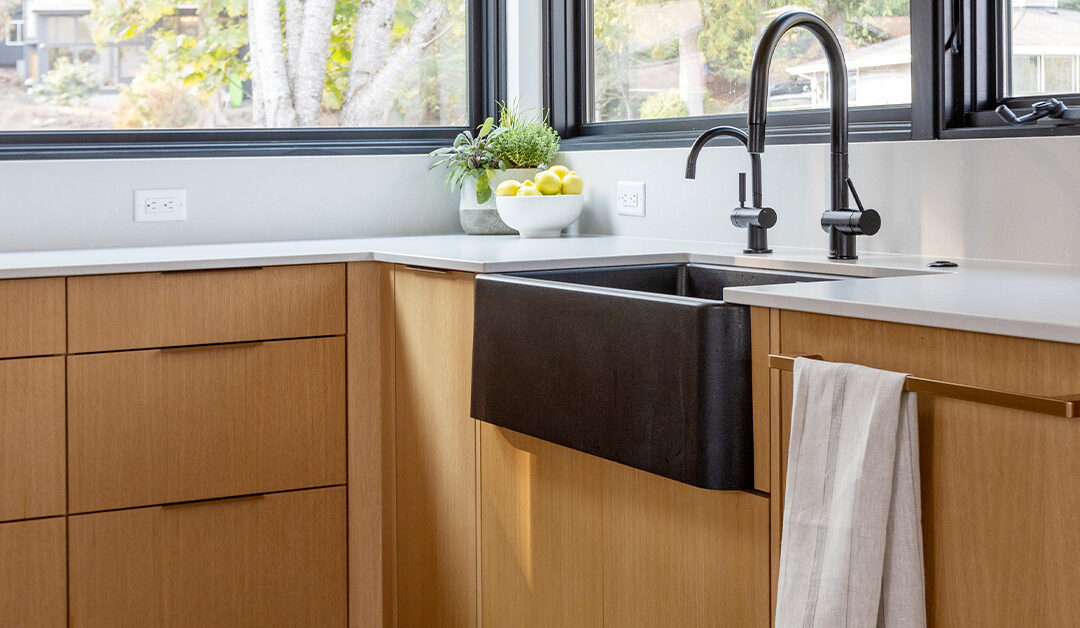At Smith & Vallee Cabinet Makers, we’ve had the privilege of contributing to the rich and diverse history of cabinet design since our start in 1997. From sleek, minimalist aesthetics to ornate, detailed craftsmanship, cabinet design has transformed dramatically over the years, reflecting changes in architecture, materials, and cultural preferences. Take a journey with us through time to explore the evolution of cabinetry styles and how these transformations have impacted the way we approach custom cabinet design in the Pacific Northwest and beyond.
Early 20th Century: The Birth of Functional Cabinetry
In the early 1900s, the concept of built-in cabinetry as a functional part of the home was still relatively new. Up until this point, most furniture, including storage pieces like cabinets, were freestanding. With the rise of homeownership and the move toward more practical living spaces, built-in cabinets started becoming a fixture in American homes, particularly in kitchens.
Cabinets from this period were heavily influenced by the Arts and Crafts movement, which emphasized hand-crafted quality and simple forms. Shaker-style cabinets, characterized by their clean lines and lack of ornamentation, became particularly popular. These early designs prioritized durability and function over style, making them timeless choices for those who value simplicity.
1930s to 1940s: Streamlining and the Influence of Modernism
The 1930s and 40s saw the advent of more streamlined designs, influenced by the growing popularity of modernism. The introduction of modern manufacturing techniques allowed for cleaner, sleeker designs, which was a departure from earlier, more ornate styles.
Metal cabinets also started making their appearance, especially during the 1940s when wartime material shortages limited the use of wood. Post-World War II, as materials like steel became more readily available, many kitchens adopted industrial-style metal cabinetry, which was often coated in enamel to add a pop of color. This was the era of practicality meeting innovation, and the seeds of modern kitchen design were planted.
1950s: The Rise of Mid-Century Modern
The post-war economic boom of the 1950s brought with it a revolution in home design. Mid-century modernism, characterized by clean lines, organic forms, and an emphasis on function, became a defining style of the era. Cabinetry during this time reflected these principles, with flat-panel cabinet doors, integrated hardware, and sleek wood veneers like teak and walnut.
In addition to the minimalist aesthetic, mid-century cabinetry emphasized the concept of the “open kitchen.” As kitchen spaces became more central to the home, cabinets were designed to be both functional and visually appealing, often featuring open shelving alongside traditional enclosed storage.
This era’s influence remains strong, and mid-century modern cabinetry has enjoyed a resurgence in recent years, particularly in custom cabinet projects that blend vintage charm with contemporary sensibilities.
1960s to 1970s: Bold Colors and Creative Experimentation
The 60s and 70s were decades of bold experimentation in design. With the cultural shift of the 1960s, cabinetry styles became more eclectic and creative, embracing vibrant colors, geometric patterns, and unusual materials.
During this time, laminate materials became more popular for their affordability and wide range of available colors and patterns. Many homes embraced cabinetry with bold hues like avocado green, mustard yellow, and orange—a stark departure from the natural wood finishes that had dominated earlier decades.
Additionally, the 1970s saw an increase in open-concept floor plans, which affected the role of cabinetry in defining kitchen and living spaces. Instead of solely focusing on functionality, cabinet designs began to reflect a more integrated approach to interior design, with an emphasis on aesthetic cohesion across open spaces.
1980s: The Return to Traditional Design
In the 1980s, there was a resurgence of traditional cabinetry styles. Homeowners gravitated toward more ornate designs, which often featured raised panel doors, decorative moldings, and intricate wood carvings. Cherry wood became a popular material, thanks to its rich, warm tones and association with classic elegance.
This era also saw a rise in more customized cabinetry solutions, as consumers became more discerning about the personalization of their living spaces. Built-in wine racks, custom storage solutions, and decorative features such as glass-paneled cabinet doors became more common, offering both functionality and a touch of luxury.

1990s: Minimalism and European Influence
The 1990s ushered in an era of minimalism, heavily influenced by European design. Sleek, frameless cabinets with flat surfaces and integrated hardware became more prominent, marking a shift away from the decorative styles of the previous decade. This minimalist trend was particularly strong in kitchen design, where functionality and clean lines took precedence.
The use of light-colored wood, such as maple and birch, also gained popularity, as these materials complemented the sleek, understated designs of the time. Open shelving made a comeback, allowing homeowners to showcase their dishware while maintaining the minimalist aesthetic.
2000s: The Fusion of Traditional and Modern
The 2000s represented a blend of traditional and modern styles. Transitional cabinetry, which balances the warmth of traditional designs with the clean lines of modern aesthetics, became the go-to style for many homeowners. Cabinet designs from this period are known for their versatility and ability to complement a wide range of interior styles.
Shaker-style cabinets made a strong return, often with updated finishes and hardware to reflect more contemporary tastes. The introduction of soft-close hinges and drawer slides also became a key feature in custom cabinetry, adding both luxury and practicality.
2010s to Present: Personalization and Sustainability
In recent years, cabinetry design has focused on personalization and sustainability. Today’s homeowners want cabinets that reflect their style while also being eco-friendly. As a result, we’ve seen an increase in the use of reclaimed wood, low-VOC finishes, and sustainable materials.
Custom cabinetry has never been more sought after, with clients looking for unique storage solutions tailored to their lifestyles. At Smith & Vallee Cabinet Makers, we’ve seen a growing interest in mixed materials, two-toned cabinets, and hidden storage features that add both style and practicality.
The open-concept trend continues, with cabinetry that blends seamlessly into adjacent living spaces. Whether through integrated appliances, concealed hardware, or modern finishes, today’s cabinet designs are all about creating cohesive, functional, and beautiful homes.
Your Future With Smith & Vallee Cabinet Makers
If you’re inspired by the evolution of cabinet design and want to start your custom project with Smith & Vallee Cabinet Makers, now is an exciting time to bring those ideas to life. As cabinet trends continue to shift, new technologies like smart features and touchless designs are reshaping how we think about functionality and style. Looking ahead, these advancements, combined with a growing emphasis on sustainability, will give your custom project a forward-thinking edge while incorporating eco-friendly materials and processes.
At Smith & Vallee, we honor the rich design history while staying at the cutting edge of innovation. Each custom cabinet we craft reflects the unique preferences of our clients while embracing modern trends. The evolution from early utilitarian designs to today’s sophisticated blend of aesthetics and function offers homeowners countless possibilities to create spaces that are not only beautiful but highly practical. When you work with us, you’re part of a design tradition that continues to push the boundaries of what cabinetry can be.

Looking ahead, we expect cabinet design to continue evolving in exciting ways. Technology, such as smart kitchen features and touchless cabinets, will likely play a larger role in the future of cabinetry design. Additionally, as sustainability becomes an even more pressing concern, we anticipate an increased focus on eco-friendly materials and manufacturing practices.
At Smith & Vallee Cabinet Makers, we remain committed to blending tradition with innovation, ensuring that every custom cabinet we create meets the unique needs and tastes of our clients while staying at the forefront of design trends. Cabinet design has come a long way from the simple, functional pieces of the early 20th century. Today’s designs blend aesthetics with innovation, offering homeowners a wide range of options to create spaces that are both beautiful and practical. At Smith & Vallee Cabinet Makers, we take pride in being part of this rich design history, crafting custom cabinetry that reflects the evolution of styles while meeting the modern demands of our clients.

